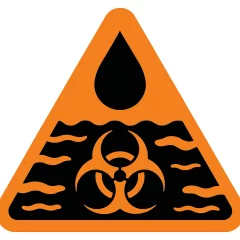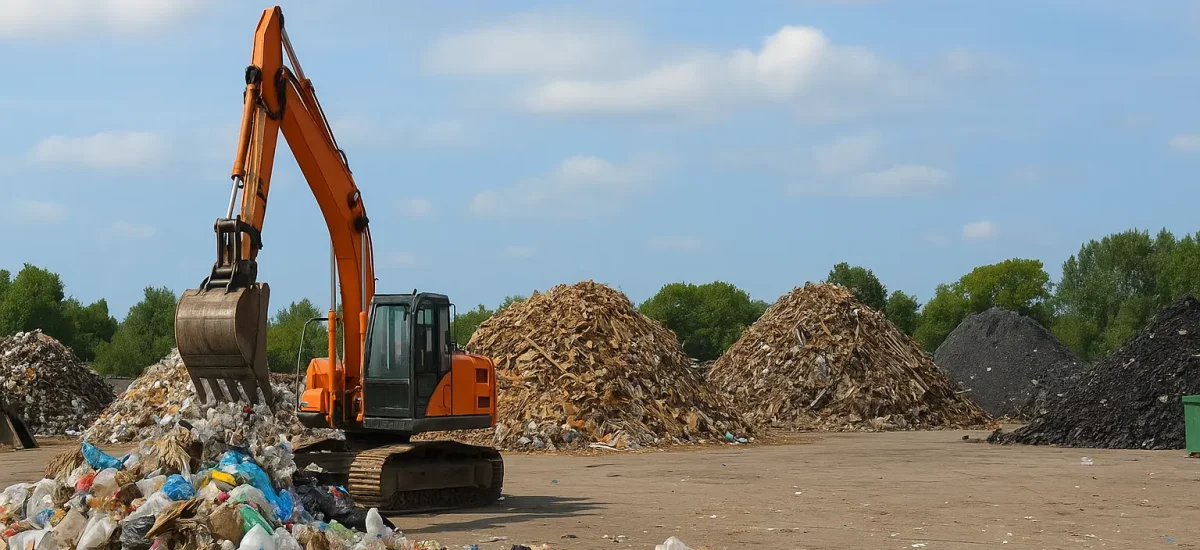Here’s my short playbook.
- Don’t drink it. Don’t boil it to “fix” metals.
- Grab bottled water or fill from a safe source.
- Put in a whole-house sediment filter as a first guard.
- For drinking, use RO or haul water until you can.
- Flush lines slow. Clean aerators. Replace cheap hoses.
- Test once things settle, not just on day one.
- Take photos. Keep notes.
Beyond physical prep, stay socially connected. Online community boards for mutual aid in a pinch—such as Doublelist San Clemente—let you post requests for spare water jugs, swap supplies with neighbors, or even line up a temporary shower while you get your own system back on track.
Plenty of neighbors have walked this path before me. Reading their stories—like this account of living through the Martin County coal slurry spill, this blunt first-person review of a coal slurry disaster, and this step-by-step breakdown from someone who cleaned up after a spill—helped me build the checklist above.
For perspective on the bigger picture—impoundments, disposal pitfalls, and what regulators miss—check out this field take on coal slurry impoundments and a hands-on review of coal slurry disposal tactics. Both pieces hammer home why you need your own backup plan instead of waiting on official help. If you want to see the standards regulators reference, the Office of Surface Mining Reclamation and Enforcement keeps an accessible primer in its Impoundments program overview.
For more step-by-step advice on staying safe around slurry-affected water, I recommend the free checklists at SludgeSafety.org. You can also browse the Mine Safety and Health Administration’s concise Safety Topic: Impoundments and Dams for additional official precautions. If you’d like a clear, no-nonsense primer on the nuts and bolts of household fixes—from swapping out a sediment canister to flushing lines without stirring up more muck—swing over to the hands-on guides at fuckpal.com/how-to; they break down each task into simple, photo-backed steps so you can work confidently even in the middle of a mess.
Final Word I Keep Coming Back To
I still get mad when I think about that day. It was avoidable. It hurt people, pets, and a place I love. But we got through with simple tools and some grit.
The RO unit? I’d buy it again. The big sediment canister? Day one purchase. The rest—well, I learned the hard way so maybe you don’t have to. And when the creek runs clear after a hard rain now, I still stand there for a minute. I listen for frogs. I watch for a flash of minnows. Hope is quiet, but it shows up.
And if you’re still sorting through jargon like “mine slurry” versus “ash slurry,” two plain-language guides helped me decode the mess: an honest take on coal mine slurry in everyday words and a muddy but practical review of coal ash slurry cleanup.

